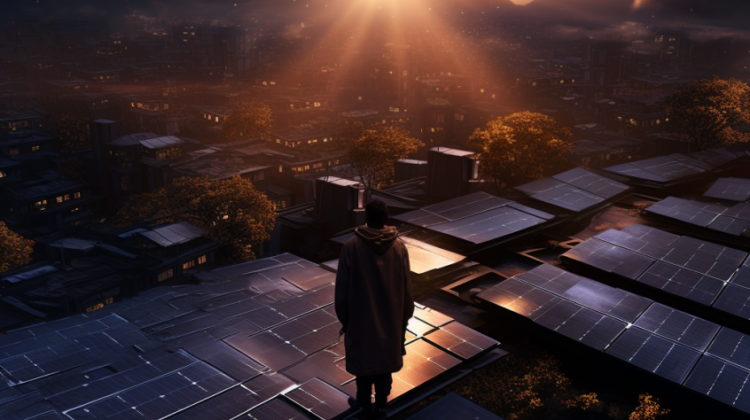
Solar power has gained significant popularity among homeowners and businesses aiming to minimize their environmental impact and reduce energy expenses. If you’re contemplating the installation of solar panels, an actual query is: How many solar panels will suffice? The response to this question hinges on various factors, including your energy usage, geographical location, and the panels’ efficiency.
To ascertain the number of solar panels needed to meet your requirements, it is essential to consider your average electricity consumption.
Begin by examining your utility bills over the past year to determine your monthly and annual kilowatt-hours (kWh) consumption. Remember that solar panels generate electricity during daylight hours, so it’s essential to consider both your overall energy consumption and peak usage times.
Next, you’ll need to consider your area’s average solar panel output. This depends on various factors such as geographical location, weather patterns, and the tilt and orientation of your roof. On average, a standard solar panel with an efficiency rating of 15-20% can produce around 250 to 400 watts of electricity per hour of direct sunlight.
Let’s assume you have an average monthly electricity consumption of 1,000 kWh, and your area’s average solar panel output is 300 watts per hour.
To determine the necessary quantity of solar panels, you can divide your monthly consumption by the average output of a single panel:1,000 kWh / (300 watts/hour) = 3.33 panels
In this case, rounding up to the nearest whole number, you would need four solar panels to meet your monthly electricity needs. However, it’s important to remember that this is a rough estimate. Other factors, such as shading, panel orientation, and system losses, can affect the actual output of your solar panels.
Another crucial consideration is your location and the sunlight your panels will receive. Regions with more sunshine throughout the year will generate more electricity, allowing you to install fewer panels. Conversely, areas with less sunlight may require additional panels to compensate for lower output. You can utilize online tools or seek guidance from solar installation experts to evaluate your area’s average solar energy potential and incorporate it into your calculations.
Additionally, the type and efficiency of the solar panels you choose will impact the number of panels required. Higher efficiency panels will generate more electricity in the same space, reducing the needed number. However, these panels may come at a higher cost, so finding a balance between efficiency and budget is crucial.
Other factors that may influence the number of solar panels needed include your available roof space and any local regulations or restrictions on solar installations. If you have limited roof space, you may opt for higher-efficiency panels or consider alternative locations for installation, such as a ground-mounted system.
Finally, it’s worth considering your future energy needs. Anticipate an increase in electricity consumption due to changes in your lifestyle or planned expansions. It may be wise to install a slightly larger system to accommodate future growth.
Determining the number of solar panels needed depends on various factors, including your energy consumption, location, solar panel efficiency, available space, and future needs. It’s recommended to consult with solar professionals or use online calculators to get a more accurate estimate tailored to your specific circumstances.
While installing solar panels may require a substantial investment, meticulous planning, and thoughtful consideration can enable you to harness the sun’s power and generate clean, renewable energy for an extended period.

Leave a Reply